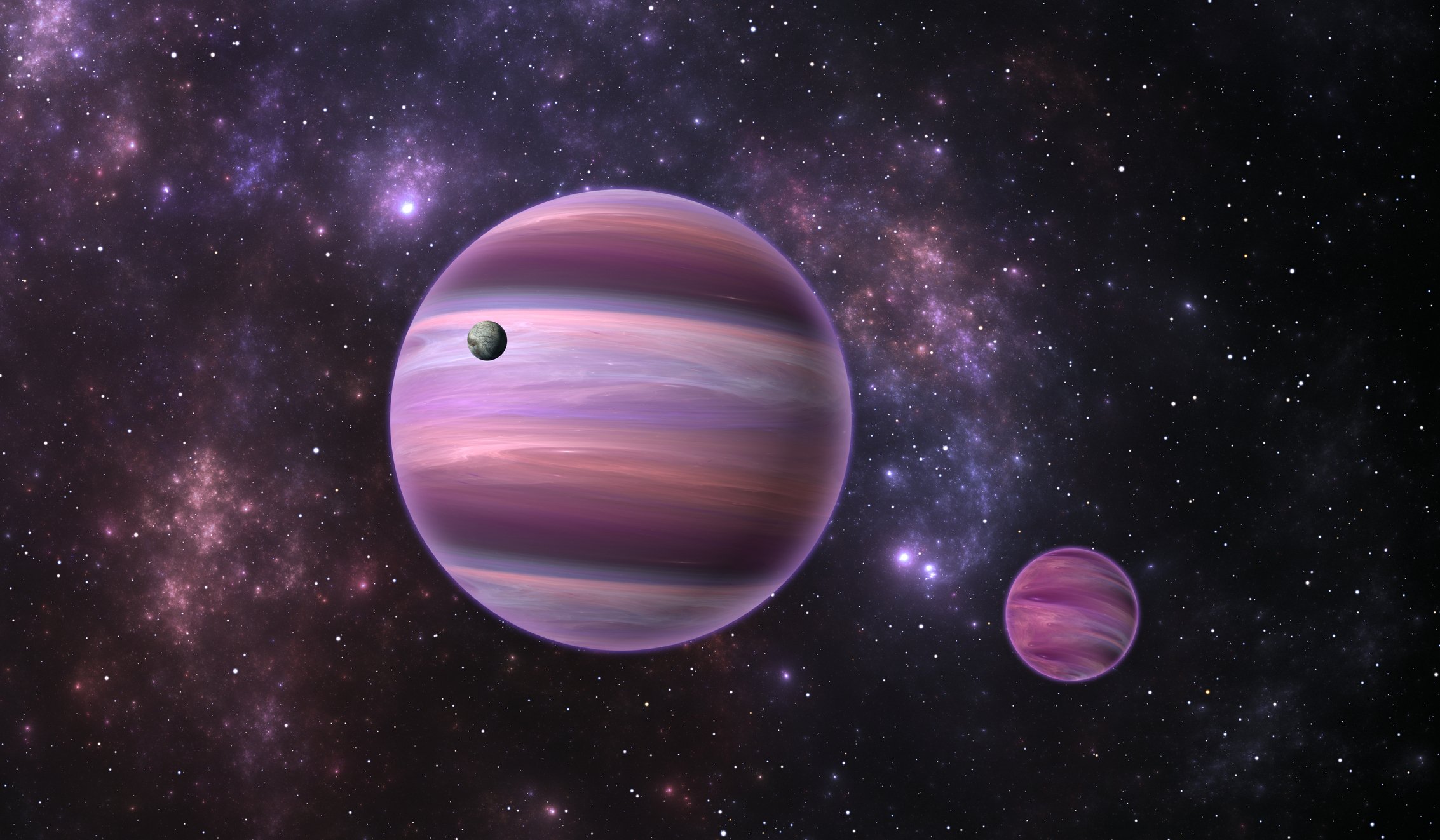In a study published on the preprint server arXiv, astronomy and astrophysics professor Piero Madau presents a new mathematical model that could aid the search for extraterrestrial life 326 light-years from the Solar System. According to the data collected, The results show that this distance could offer almost 11,000 Earth-sized rocky exoplanets within habitable zones (HZs).
It’s worth emphasizing that the article is not a study on ‘how to look for aliens’, but the data shows that: A microbial or more advanced Earth-like planet that hosts life may be about 65 light-years away. The research should aid new research that should create better measurements to characterize celestial bodies similar to ours in search of habitable planets.
The study was carried out using data collected from different space missions such as the Kepler Space Telescope. this also resulted Confirmation of more than 5 thousand exoplanets. There are still nearly 10 thousand exoplanets in the approval process.
In 1961, the pioneer of the Search for Extraterrestrial Intelligence (SETI) program, Dr. Frank Drake created the Drake equation to try to understand the probability of civilizations and the number of habitable planets in our galaxy. However, Piero notes that important parameters that would improve the equation are missing.
“The Drake Equation represents a useful pedagogical summary of the factors that may influence the probability of detecting life-bearing worlds around us today and, ultimately, technologically advanced extraterrestrial civilizations. However, this probability and these factors are affected by, among other quantities, the history of star formation and chemical enrichment in the local galactic disk.” as well as the timeline of the emergence of simple life forms such as microbes and eventually complex life,” explains Madau, a professor at the University of California at Santa Cruz (UCSC), in the United States.
Extraterrestrial life 65 light years away
Based on the data that the world was formed 4.5 billion years ago and life 4 billion years ago, Scientist created a mathematical model that predicts when “temperate terrestrial planets” (TTPs) and life on these planets might emerge. He explains that astronomers can investigate which regions are good candidates to look for biosignatures of habitable planets and extraterrestrial life.
The approach takes into account the local population of long-lived stars, exoplanets, TTPs, among other mathematical calculations. Based on this information, Madau points out that most TTPs within a radius of about 326 light years are older than the Solar System.
It is important to state this clearly There is no guarantee that these TTPs are truly life-sustainingHowever, this study could be a good parameter for scientists who want to investigate possible places where some kind of life could exist.
“So if microbial life emerges on more than 1% of Potentially Habitable Planets as rapidly as it does on Earth (and this is a large estimate), then the nearest Earth-like planet that could harbor life would be expected to be 20 percent less distant from us. [65 anos-luz]. This may be the reason for some cautious optimism in the search for habitability indicators and biosignatures by the next generation of large terrestrial facilities and vehicles. Needless to say, biosignatures will be extremely difficult to detect. It is also possible that life is so rare that there is no biological signature that we can detect at a Kiloparsec (kpc) or more,” explains Madau.
Did you like the content? Stay up to date with more curiosities about astronomy at TecMundo and take the opportunity to discover that machine learning may be the key to finding signs of life beyond Earth.
Source: Tec Mundo
I’m Blaine Morgan, an experienced journalist and writer with over 8 years of experience in the tech industry. My expertise lies in writing about technology news and trends, covering everything from cutting-edge gadgets to emerging software developments. I’ve written for several leading publications including Gadget Onus where I am an author.













